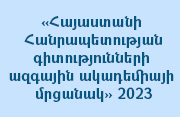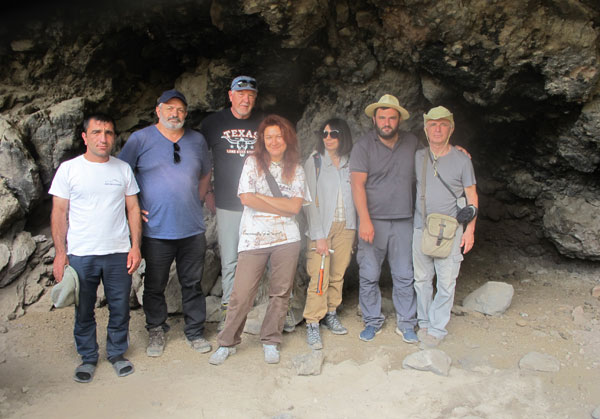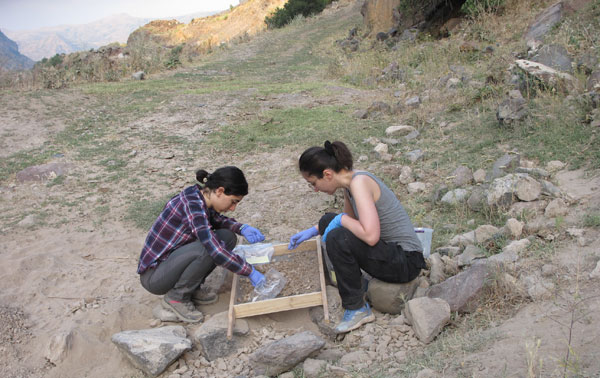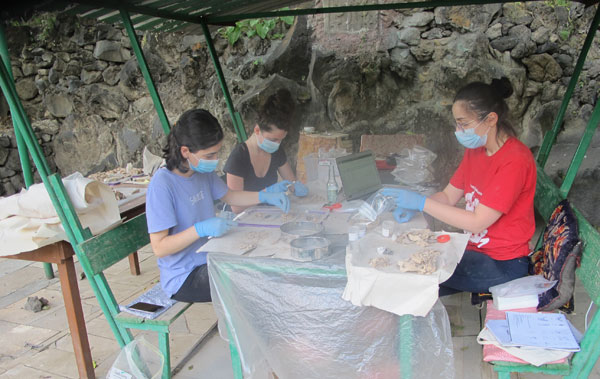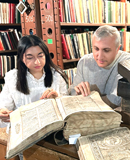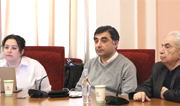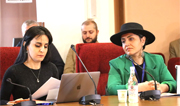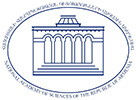 |
|||||||||||||||
|
|||||||||||||||
| General Page | About Academy | Divisions | Organizations | Members | Contact us |
|
|
|
 Science Development Foundation of NAS RA  All Armenian Foundation Financing Armenological Studies 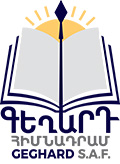 Geghard Scientific Analitical Fundation 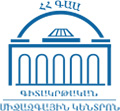 International Scientific Educational Center of NAS RA  Fundamental Scientific Library of NAS RA  International Commission for awarding Viktor Ambartsumian International Prize  Armenian National Information Point HORIZON 2020  EURAXESS-Armenia Portal   Academic Scientific Research Computer Network of Armenia |
Scientific Results
|
Notices
From March 30 to April 2, 2025, the Institute of Molecular Biology of the National Academy of Sciences of RA and McMaster University (Canada) are holding an Advanced Research Workshop under the auspices of NATO (North Atlantic Treaty Organization) entitled "Low dose radiation risks: present research and future perspectives" (the Round Hall of NAS OF RA, Marshal Baghramyan Ave., 24) On April 15, 2025, COST (European Cooperation in Science and Technology) Infoday will be organized in Yerevan On April 29, 2025, the NAS RA, the Ministry of Education, Science, Culture and Sports of RA, the International Scientific and Educational Center of NAS RA, the Institute of Language after H. Acharian of NAS RA and the Institute of Literature after M. Abeghyan of NAS RA will organize a Pan-Armenian scientific conference on the topic "Armenian language and Armenian Literature: development trends, opportunities for popularization and their reflection in the educational process" On May 5-8, 2025, the Scientific Center of Zoology and Hydroecology of the National Academy of Sciences of RA and the Yerevan State University are jointly organizing an International conference "Biodiversity, Conservation and Climate Change" (Yerevan, NAS RA main building) On 5-9 May, 2025, Byurakan Astrophysical Observatory after V.Ambartsumian of NAS RA organizes 17th Armenian-Georgian Astronomical Colloquium in Byurakan On 16-21 June, 2025, the Institute of Applied Problems of Physics of NAS RA organizes "IV International Scientific School for Radiation Physics and Related Applications named after Academician Alpic Mkrtchyan", in Yerevan On 23-25 June, 2025, the Institute of Applied Problems of Physics of NAS RA organizes "International scientific school-conference 4 on acoustophysics after academician A.R. Mkrtchyan", in Yerevan and Sevan. For more information see: https://school.iapp.am/ On 8-11 September, 2025, the Institute for Physical Research of NAS RA is holding the XIII International Conference on Magnetic and Superconducting Materials (MSM25) in Yerevan, Armenia Международный инновационный центр нанотехнологий СНГ (МИЦНТ СНГ) объявляет о проведении в 2025 году очередного Конкурса на соискание грантов и 18-й научной Стажировки для молодых ученых и специалистов из стран СНГ ՀՀ գիտության և տեխնիկայի զարգացման 2020-2024թթ. գերակայության ՀՀ կառավարության որոշման նախագիծ Publications in Press
|
 |
Website last updated on: 22:37, 01/04/2025 |  |
|
General Page
- About Academy
- Divisions
- Organizations
- Members
- Contact us
- Structure
- Presidium Members
|
|||||
|
© Copyright 1998-2025 All Rights Reserved. Website is created and supported by Academical Scientific Research Computer Network of Armenia (ASNET-AM) For any suggestions write to webmaster {[ at ]} sci.am |

![academy [@] sci.am academy [@] sci.am](images/email.jpg)









